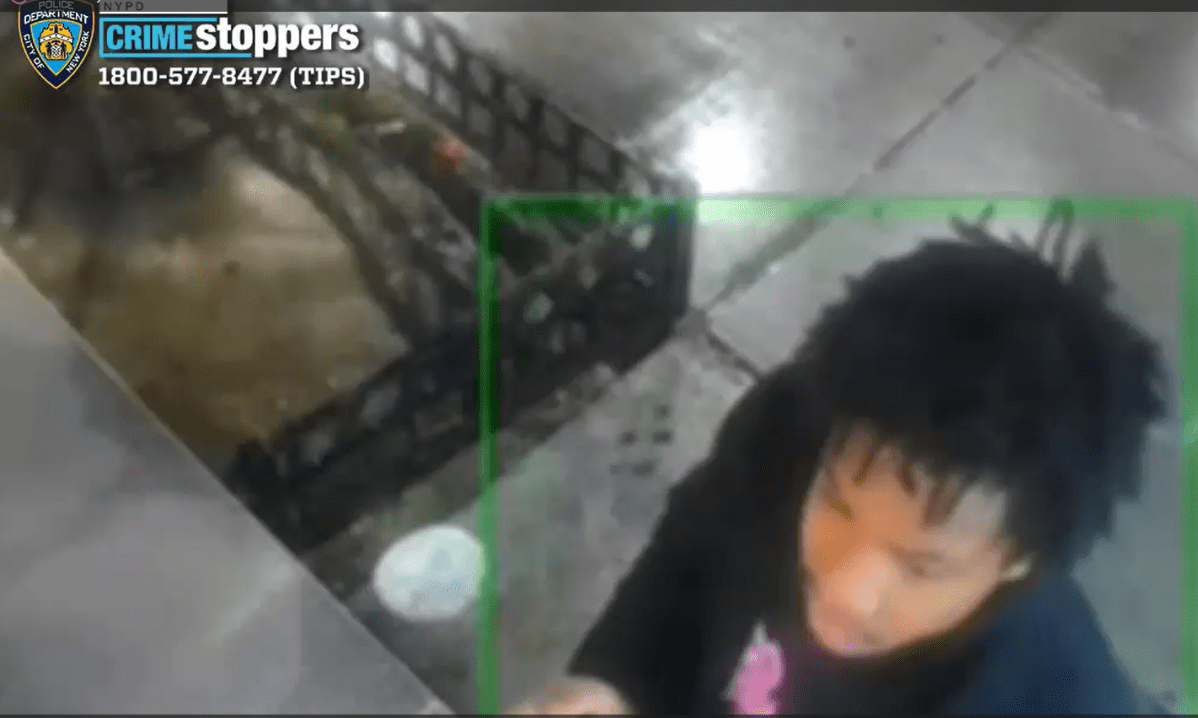Tens of thousands of New Yorkers contracted COVID-19 last week due to the fast-moving Omicron variant, and while the new infections caused exponential spikes in transmission and positivity rates, it has not yet resulted in a hospitalization crisis similar to what the city experienced at the start of the pandemic.
Looking at the latest data from the city’s Department of Health and Mental Hygiene, the spread of COVID-19 across the Five Boroughs is shocking to comprehend. Eighteen neighborhoods recorded a 7-day positivity rate of 40% or higher, and 117 communities had a positivity rate of 30% or higher, between Dec. 24-30, 2021. The one New York City area with the lowest 7-day positivity rate for the period was Tribeca, at 17.24%.
These are positivity rates not seen even during the first deadly wave of the COVID-19 pandemic in March-April 2020. But while the virus is spreading at an exponential rate today, hospitalizations and deaths — while steadily increasing in recent weeks — are far lower than they were during the first wave thanks to vaccinations and COVID-19 treatments now available.
For example, on Dec. 30, the city’s Department of Health catalogued a 7-day daily case average of 28,386, but the daily hospitalization rate on a 7-day average was 447, and the daily death rate on a 7-day average was 27. By comparison, during the first wave, on April 9, 2020, the city reported 7-day averages of 5,389 cases, 1,535 hospitalizations and 755 deaths.
That should give New Yorkers some reassurance that the current Omicron-fueled COVID-19 crisis hasn’t brought the city back to square one when it comes to beating the pandemic. Still, the fast-spreading variant of COVID-19 is infecting New Yorkers on an unprecedented scale.
The city’s 7-day positivity average is now flirting with 20%, and every borough of New York has a transmission rate exceeding 2,000 cases per 100,000 people (the citywide transmission rate is 2,383.45 per 100,000).

While Manhattan had seen a huge spike in cases over the previous two weeks, the city’s Health Department reported a massive surge in the Bronx. The borough had 12 of the 15 areas of New York City with the highest 7-day positivity rates between Dec. 24-30, each of them 40% or higher.
Fordham/Kingsbridge/University Heights (10468) had the highest positivity rate of them all, at 44.62%, with 1,368 new cases reported. That was followed closely behind by Morris Heights/Mount Hope/University Heights (10453) with a 44.55% 7-day positivity average and 1,472 cases; and Belmont/Claremont/Mount Hope/Tremont (10457), with a 44.04% positivity rate and 1,592 cases.

Yet just one Bronx area was among the six neighborhoods that tallied 2,000 or more new COVID-19 infections between Dec. 24-30; Allerton/Norwood/Pelham Parkway/Williamsbridge (10467) recorded 2,067 cases, good for a 41.08% positivity rate.
Cypress Hills/East New York, Brooklyn (11207) had the most new positive cases during the period, with 2,271, resulting in a 39.81% positivity rate. Corona/North Corona, Queens (11368) had the second-most cases in the city at 2,088, with a 39.18% positivity rate, followed by East Harlem (10029) with 2,075 cases and a 38.64% positivity rate.

On the flip side, just 10 areas of New York City had 100 or fewer new COVID-19 diagnoses between Dec. 24-30. Seven of the areas were in Manhattan; the Financial District (10004) had the fewest new cases for the period at 41, but their 7-day positivity rate was 20.5% for the period.
The virus continues to infect unvaccinated New Yorkers at a far higher rate than those who’ve received COVID-19 vaccines and boosters previously. Manhattan Borough President Mark Levine, citing Health Department statistics, reported that unvaccinated New Yorkers are now 32 times more likely to be hospitalized with COVID-19 symptoms than their vaccinated counterparts.
Who is filling up the hospitals in NYC as omicron surges?
Answer: it's still the unvaccinated. They are now *32* times more likely to land in the hospital vs. vaccinated.
You don't want those odds. Get vax'd now. https://t.co/vpCxAcY4FU pic.twitter.com/eRXvyKRFtD
— Mark D. Levine (@MarkLevineNYC) December 31, 2021
Research continues to suggest that those who’ve received both doses of the COVID-19 vaccine and a booster are the most likely to avoid breakthrough Omicron infections. So far, nearly 2.2 million New Yorkers have received booster doses of the COVID-19 vaccine, and the city and state have offered incentives to encourage more residents to get the booster.
The higher infection rates have led to increases in public safety measures such as the indoor mask mandate which Governor Kathy Hochul announced last week would be extended through February. The city’s public schools will also double the number of COVID-19 tests when classes resume on Monday, Jan. 3.
But as Mayor Eric Adams outlined in his inaugural address Saturday, don’t expect the city to re-impose the type of restrictions in place at the start of the pandemic.
“We have lived through two years in continuous crises that insults our very nature as New Yorkers,” Adams said. “We will not be controlled by crises. Instead, we will make this city better every day by actions big and small. Sending our kids back to school, going back to the office, these are declarations of confidence that our city is our own. Of course, government must do its job to allow New Yorkers to make these choices safely, and government must do better.”




































